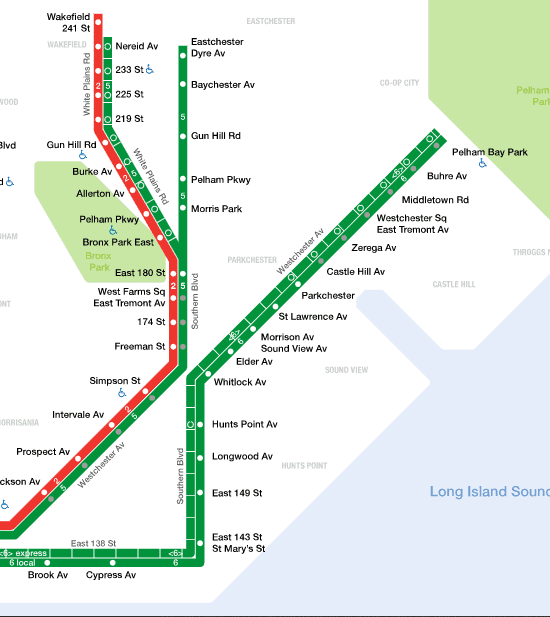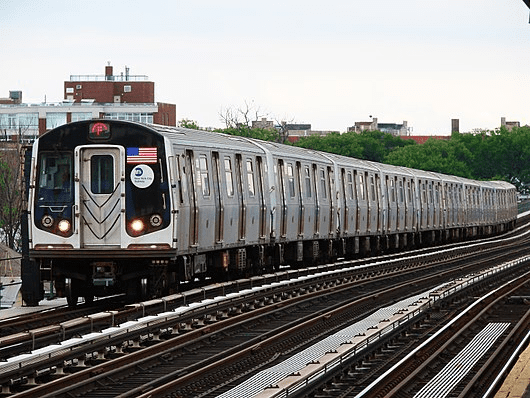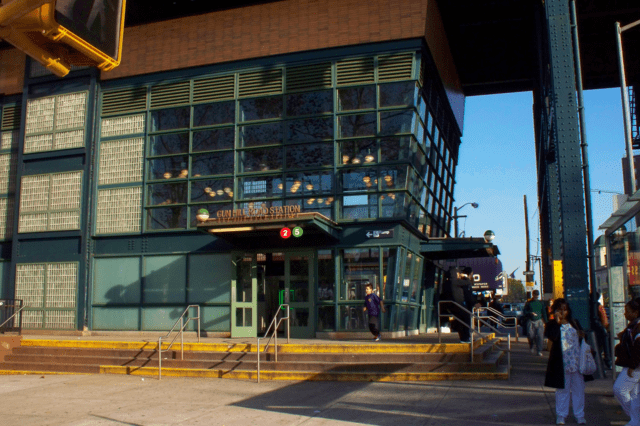Probably by now, everyone knows that the Bronx received its name from one of the first settlers in this place, Jonas Bronck. He was a landowner who came from the Netherlands. According to historians, the first settlement was founded in the Bronx along the Harlem River. Over the years, this area was extended by new immigrants, and in 1841, a railroad line from Manhattan was tracked here. By 1895, upon voting results, this area, along with Queens, Brooklyn and Staten Island, became part of New York. The rural environment of the Bronx was gradually changing. Plants and factories started emerging here as well as high-rise houses for workers and officials. It was decided to build a subway to improve communication between Manhattan and the Bronx. The first elevated subway line that connected these parts of the city was built in 1900 and opened in 1904. It took another 50 years to construct the subway through the entire Bronx. The website bronx-future.com. will share more details about the construction of the IRT White Plains Road Line.

Reasons and consequences of the subway construction
According to nycsubway.org, the first subway was opened to connect two sections of the city. Through the subway and Third Avenue Elevated, residents could quickly travel between Manhattan and the Bronx. Hundreds of thousands of workers and employees, including their family members, got the opportunity to live in New York and not overpay for housing. Therefore, they left Manhattan and moved to new spacious apartments in the Bronx. The prevailing part of those who moved to the Bronx were people from Central and South America as well as Central and Eastern Europe. Their number only increased in the following years. Thus, the number of Bronx residents grew from 200,000 to almost one million and a half between 1900 and 1930. Such growth of population caused the development of infrastructure. There are large and small stores, markets where everyone can buy fresh vegetables and fruits, shops with clothes and household goods. New retail facilities also appeared on 149th Street and 3rd Avenue and in the area known as The Hub. Cinemas and vaudeville theaters were built in this place, including a department store, in 1928. Another such store was opened on Fordham Road in 1938. The latter was very popular because it managed to attract so many buyers that the number of sales per square foot was the highest in the country. In 1929, Paradise Theatre was constructed on The Grand Concourse southward from Fordham Road. The theater housed 4,000 spectators and was built in the Baroque style. Its ceiling was covered with stars and moving clouds. Such developed infrastructure was the result of the subway’s appearance.

Subway construction in the early 20th century
The Bronx subway began to be built in 1900. In the same year, the first contract was signed between the Board of Rapid Transit Railroad Commissioners and the Rapid Transit Construction company. Under the contract, the company was expected to build a line east of Bronx Park. On November 26, 1904, the first subway line between 180th Street and Jackson Avenue was opened. This was the underground part of the subway. The trains started running along this line in 1905 when it was connected to the IRT Lenox Avenue. In 1910, a new West Farms station was opened on the White Plains Road Line.

New Stations in 1917
In the following years, the number of subway stations increased in this area. The press reported in 1917 that the new subway tunnel and double system lines allowed Bronx residents to get to downtown NY quickly. On Saturday, March 3, the first subway line to 219th Street was planned to be put into operation. Another section reaching 238th Street had to be opened in the coming years (these are two different subway lines). The government intended to carry out reconstruction between the 238th and 241st Street stations, as there was a warehouse and train viewing platform. That is why it would take another few months before the trains ran there.
The lack of necessary materials and working conditions affected the subway development. Therefore, the new stations were opened due to the joint efforts of engineers and managers of the Interborough Rapid Transit Company, which was engaged in construction. The engineers decided to use wagons that were dismantled last year from the First subway once it became clear that they would not be able to get the required materials for the trains.
These old wagons were introduced to the representatives of the authorities, companies, journalists and members of the Public Service Commission when they attended the opening ceremony of the new stations. The train consisted of 4 cars.
Bronx residents excitedly welcomed the official train. Houses along the White Plains Road Line were decorated with flags and ribbons. Each train whistle was accompanied by applause and cheers from people standing on the balconies. A crowd of people greeted the train when it arrived at the 219th Street stop. There was a parade led by a marching band, district governors and other officials. They all went to the hall located at 238th Street and along the White Plains Road Line. There, they had lunch and gave speeches.
What the White Plains Road Line looked like in 1917
This line was a three-track elevated subway tunnel. It started at the West Farms station near 179th Street, crossing private property and the Bronx River. The line ran east down Bronx Park, White Plains Road and up to 241st Street (some stations were opened later). The line is 14,6 miles long and has 11 stations. Their construction cost the city and the federal government $2,750,000. This sum does not even include warehouses for the repair and storage of subway wagons and other equipment.

Subway in the following years
The last line of this subway system was built in 1920 and extended from 219th Street to 241st Street. In 1929, it was planned to create a spur off the line from Van Nest to Baychester. It was supposed to start from Garfield Street and terminate near Boston Road. Thus, the spur had to connect with the Concourse Line. Unfortunately, the construction was never implemented. However, the IRT company that operates the NY subway purchased several land plots for this railway to appear in the future.
In 1934, it was announced that platforms would be extended at all White Plains Road Line stations. The building works did not start until 1949. The platforms were lengthened to 514 feet (157m), so they could accommodate a ten-car train (previously the platform allowed 4 and then 6 cars).

So, the construction of the White Plains Road Line started in 1900. By 1920, all the stations were built. Therefore, Bronx residents who lived near this line got the opportunity to move around the city conveniently. At the same time, this has led to higher house prices.


